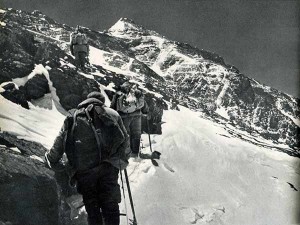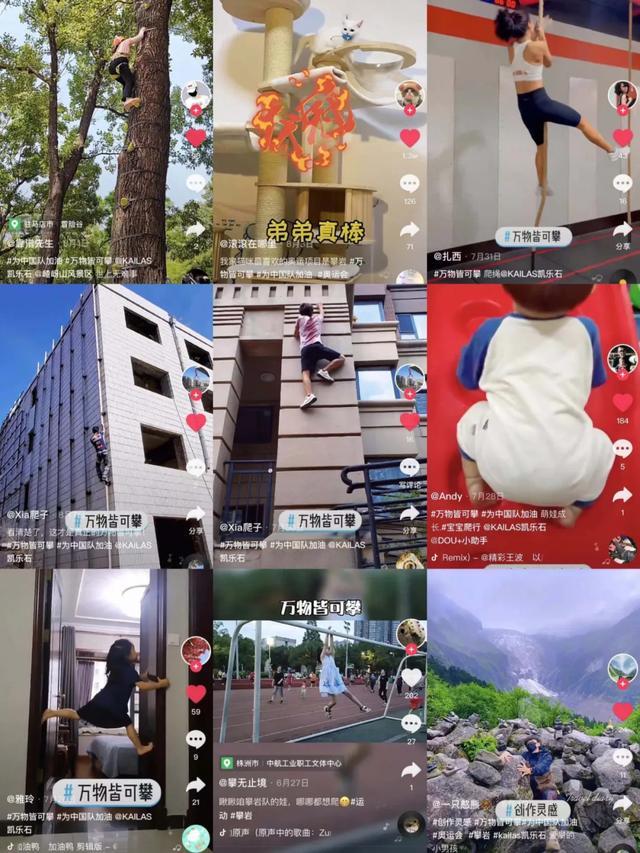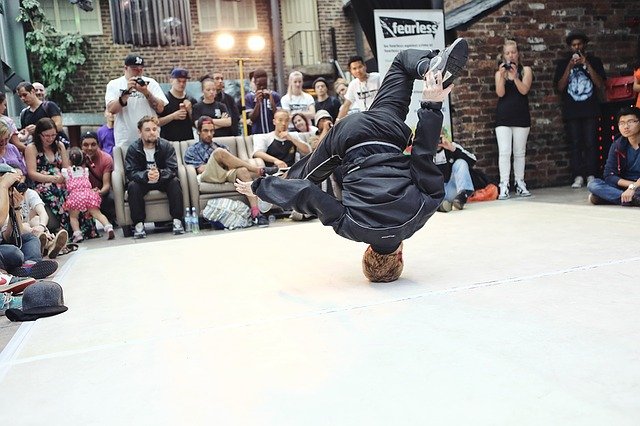In 2016, the Olympic committee decided to include climbing in the 2020 Olympic Games program. This sport debuted in the Tokyo Olympics, where Chinese sportsman Pan Yufei finished 14th in the qualifying round. Following climbing become an official event of the Tokyo and Paris Olympic Games, the interest towards this sport from the Chinese government and people has grown.

China has a lot of opportunities for climbing thanks to its western provinces which are known for mountains: in 2018, there were 432 natural climbing venues in the country. Among them, Guangxi, a region dotted with short karst mountain peaks, has the largest number of natural climbing fields, about 90, accounting for 20.8%; Yunnan and Shandong follow closely behind, with an average of more than 50 natural climbing fields. Considering the combined effect of the top-down government policies and the bottom-up consumer demand, coupled with the huge positive signals from rock climbing at the Olympics, Zhiyan Consulting predicted that by 2025, there will be 899 commercial climbing venues in China, with a compound annual growth rate of 15%.

Development of climbing in China
Rock climbing in China has a history of more than 30 years. The start was in 1958, when the Chinese Mountaineering Association appeared. The next stage started In 1980s, when artificial rock walls started to appear on the market, allowing the commercialization of rock climbing in China to scale. Almost 15 years later, China’s National Sports Commission announced climbing as an official sport event, marking the start of a new process of professionalization and regulation of this activity. In recent years, the China Mountaineering Association has paid close attention to the standardization of this industry. For example, it regularly conducts accident analysis, grade division, compiles tutorials, and organizes a large number of safety lectures, rescues, youth summer camps and other various trainings, calling standardize climbing in China.

The history of climbing in China is also inseparable from Mount Everest. On May 25, 1960, the Chinese mountaineering team climbed the Mount Everest from the north slope for the first time. The climate on the northern slope of Mount Everest is extremely harsh and the natural conditions are very complicated, that is why this achievement was so inspiring for the Chinese citizens. In 1975, Pan Duo became the first woman in the world to climb Mount Everest from the north slope; and in 2003, the Chinese amateur mountaineering team climbed Mount Everest for the first time, giving an impetus for development of this industry.
Young people are the main participants of climbing clubs in China
As rock climbing has become an official Olympic event, the talent pool of professional athletes has risen. Therefore, the development of youth training centers has also embarked on the fast lane. According to data from the China Mountaineering Association, as of the end of 2020, there were about 1,800 rock climbers registered in the youth rock-climbing clubs.

As the convenience of indoor venues has greatly increased and the protection equipment has become more professional, more young people finally have the opportunity to start doing rock climbing. Moreover, as more parents pay attention to physical education, rock climbing also has suddenly become the choice for many Chinese parents, and the trend of young climbing participants is becoming more and more obvious.
Growing number of climbing venues demonstrates the sport’s popularity
Since 2013, the annual growth rate of newly established climbing venues has started to intensify. As of 2018, the compound annual growth rate of climbing centers was 39%. Same year, there were 338 commercial climbing venues in China, mainly in developed provinces such as Guangdong, Zhejiang, Taiwan, Shanghai and Jiangsu ranked in the top five. According to statistics from the Chinese Mountaineering Association, as of the end of 2020, the total number of natural rock climbing and climbing routes nationwide has exceeded 8,000. However, in 2018 the amount of rock climbers reached 120,000, which still occupied a very small part of China’s huge population base.
Mostly, people who do outdoor climbing in China, don’t do it often: 19% of climbers have experienced outdoor rock climbing one or two times, and 22% of users maintain outdoor rock climbing at a frequency of 1-3 times a month. Only 10% of the already small user base maintains a weekly frequency.
National competitions as a part of climbing industry development
China also achieved rapid development in professional competitions. In 2018, China hosted 20 international and domestic rock-climbing events. One year later, this number rose to 25. Had it not been for the COVID-19 outbreak not happened, there would have been 30 competitions held in 2020.
How climbing gear brand Kailas used the Olympics to attract customers
Brands focusing on climbing equipment couldn’t stay away from chance of promoting their products using an Olympics theme. For example, Kailas (凯乐石), a Chinese climbing equipment and apparel brand, asked the audience to show their climbing skills by trying to climb everything that surround them (walls, trees, outdoor sport equipment, etc) and post videos in Douyin. Taking Chinese climbing sportsman Pan Yufei as an example, users on Douyin have used different tools to imitate climbing. At present, the #万物聚可攀 hashtag has more than 2.58 million views on Douyin.

Kailas is also a sponsor of the Chinese national climbing team and has been working for 13 years helping to develop rock climbing market in China. For a long time, Kailas has undertaken a considerable part of the task of cultivating Chinese rock-climbing talents. Namely, since 2009, Kailas and the China Mountaineering Association have jointly launched the “Kailas Rock Climbing Star” event, where kids and teenagers show their climbing skills.
The contestants are divided into groups B (14 to 15 years old), C group (12 to 13 years old), D group (10 to 11 years old), and E group (8 to 9 years old). The cumulative number of participants has exceeded 100,000 cumulative for past 12 years. from the campaign even helped to scout talented teenagers who became outstanding athletes for the Chinese National Rock Climbing Team. For example, the Chinese Olympic athlete Pan Yufei came out of this activity. In 2021, this event was launched in 7 cities in China, with more than 1,300 young rock-climbing enthusiasts participating.
Key takeaways about China’s rock climbing market
- Climbing in China is still in the early stage of development, even though the introduction of this sport at the Olympics gave an impetus for popularity.
- Chinese parents started also considering climbing as a hobby for their kids, after it entered the list of official sport program in China.
- China’s western regions such as Yunnan, Tibet, Sichuan, and Shaanxi have good potential to develop outdoor climbing facilities with the financial support of the government.
Author: Valeriia Mikhailova





